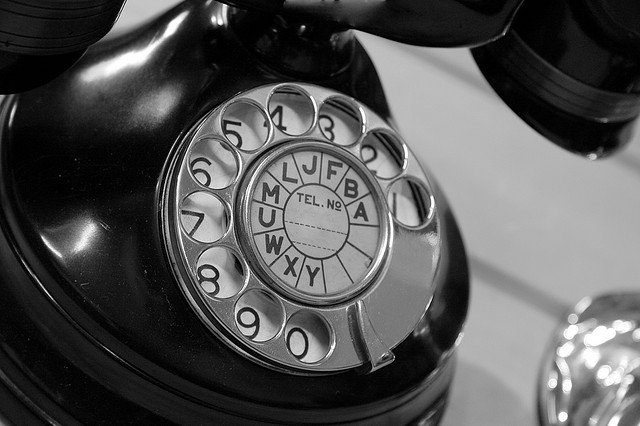Have you ever had this experience?
You’re sitting at your desk working feverishly to finalize a proposal that needs to be submitted within minutes, when you discover that you’re missing a critical detail that you know only your co-worker can provide.
To get the info, you dash off a quick message to her via Google Talk, thinking she’ll respond immediately with the salient facts. Instead, she sends you a helpful, yet very nuanced and detailed, response that suggests your question isn’t as simple as you thought.
You start typing a lengthy reply of your own, only to realize three sentences into it that it would be much easier just to have a quick discussion. You could keep up your labor-intensive typing, you think to yourself, and send detailed messages back and forth until you figure it out – but it would take fifteen minutes to get to that point and you’ve only got ten to hit your deadline.
So You hop out of your chair, walk over to your colleague’s desk and talk to her face to face. Two minutes later, through the magic of real-time, two-way communication you’ve got your answer – and you’ve clocked a few extra steps on your Fitbit into the bargain. You put a bow on your proposal and send it out, feeling pretty good about your chances.
Why it’s relevant to nonprofit communications
This example obviously looks at communication on a personal level between two people, but it also illustrates some important lessons for nonprofits and associations looking to improve the effectiveness of their constituent communication and engagement efforts.
Lesson 1: To maximize engagement, pick the right method
In our example, the communication requirements were clear. The missing information was very important. Without it, the proposal couldn’t be completed. Speed was also extremely important because you were faced with a looming deadline.
The problem is, the initial communication method (instant messaging) didn’t align very well with the ultimate goal (getting important and nuanced information very fast). If time wasn’t a factor, it would have been a good way to communicate the details, but it was just too slow and involved too much typing.
So you resorted to another, better method that met the need for speed. Using your voice and your ears, you and your coworker communicated interactively in real-time and arrived at your goal much more quickly and effectively than you otherwise would have on instant messaging.
The lesson here? If you’re a nonprofit or association trying to engage your members or donors or constituents, you first have to decide what your communication goals are. Once you’ve done that, you have to choose the specific communications method that will give you the best chance to meet those goals.
Lesson 2: New methods are not always better
Today your organization has a bewildering array of communication methods at its disposal, and it’s tempting to use them just because they’re fresh and new and everyone is telling you you need to use them.
The reality is that sometimes it’s the simplest methods that often have the greatest impact on our constituents – like a personal email or the humble phone call. Other than a face to face meeting, a phone call is the most immediate, interactive, and personal method we have at our disposal, and it’s still the best way to make a genuine and meaningful connection with a constituent.
So don’t use the new methods for the wrong reasons – base your decision on what will give you the best chance of achieving your goals.
Lesson 3: Evaluate your communications methods on an ongoing basis
In the rapidly evolving world of digital communications, what worked last month or even last week may not work for your next campaign. So whichever method you choose to communicate a particular message, whether it’s voice or email or a popular social media platform, it’s essential to constantly evaluate whether it’s the best one to help you achieve your next communication goal.
Image credit: Flickr user Macinate




